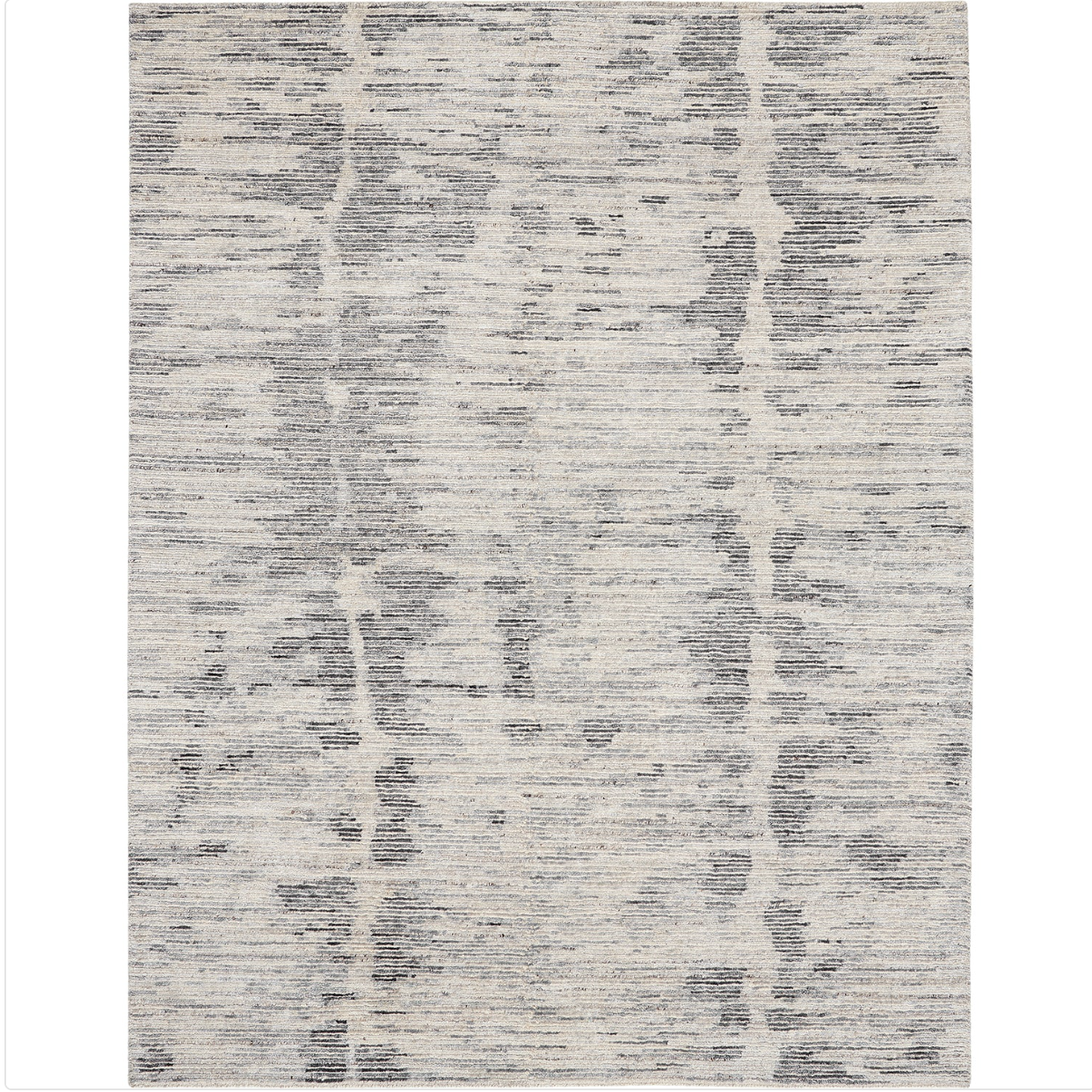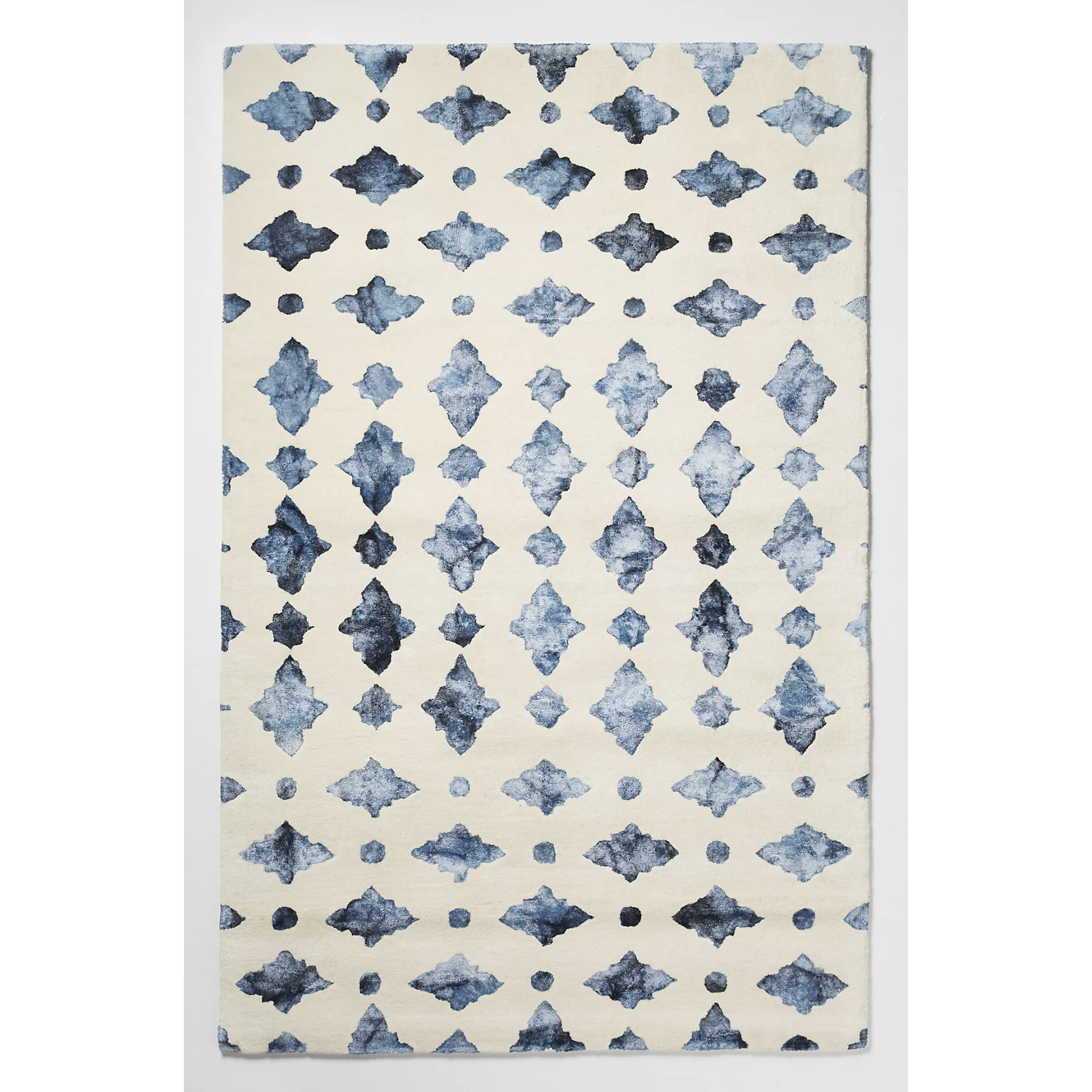How To Make a Small House Look Expensive — "It's All in The Details", Say Experts
Designers know how to make small houses look expensive, and how to get the most luxe looks in even the tightest corners. Here, they explain
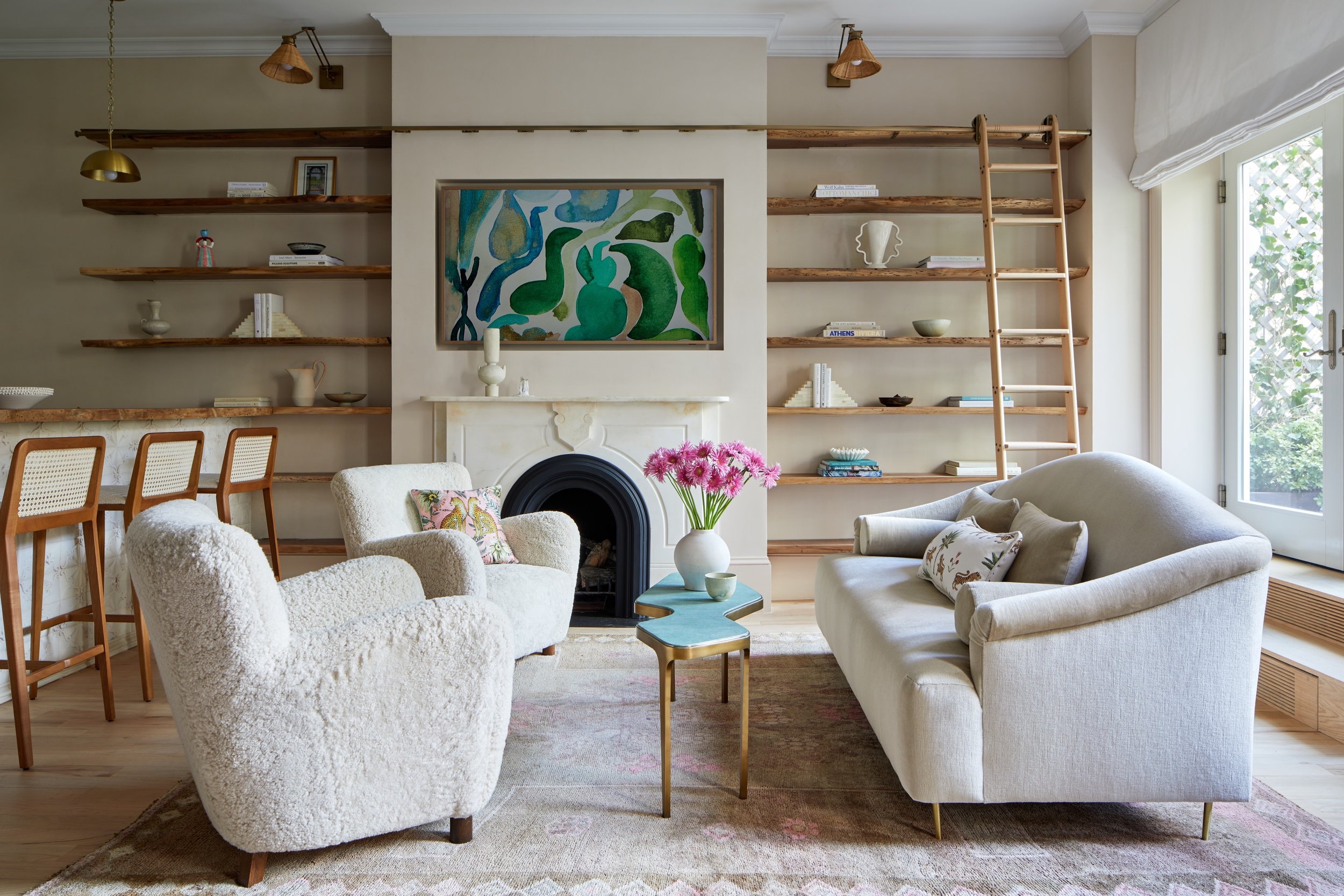
Size doesn't matter. A small house can absolutely exude elegance and a luxe finish. And, approaching how to make a small house look expensive is not as much of a challenge as you may first have feared. You know what they say about where the best things come from, right? That's right - small packages. And in some ways, it's easier to make these spaces look luxe.
'Smaller homes are a gift because they provide an opportunity for every element to strive towards beauty,' says James Yarosh, Interior Designer and Gallerist. 'The need for intelligent furniture space planning is more vital to allow proper pass and function, but elements like molding packages, flooring patterns (everywhere from small kitchen flooring to small bathroom flooring), rug placement tricks, and oversized art are all great tools to embrace for making a small space feel big and elegant.'
When it comes to small living rooms, he continues: 'Important focal points like a spectacular vintage marble fireplace mantel, for example, can become part of the home's character. Then, marry a sister stone throughout with potential flooring, countertops, and vanities to maintain a consistent elevated vision and common element of quality to extend throughout.'
James adds: 'Making a small place look expensive is the luxury of being able to conceive and execute the entire space with one singular vision, creating intimate subplots within and allowing the space to unfold as one.'
From high-end materials to statement decor pieces, a host of designers share their advice for how to make a small house look expensive below.
1. Use luxe materials
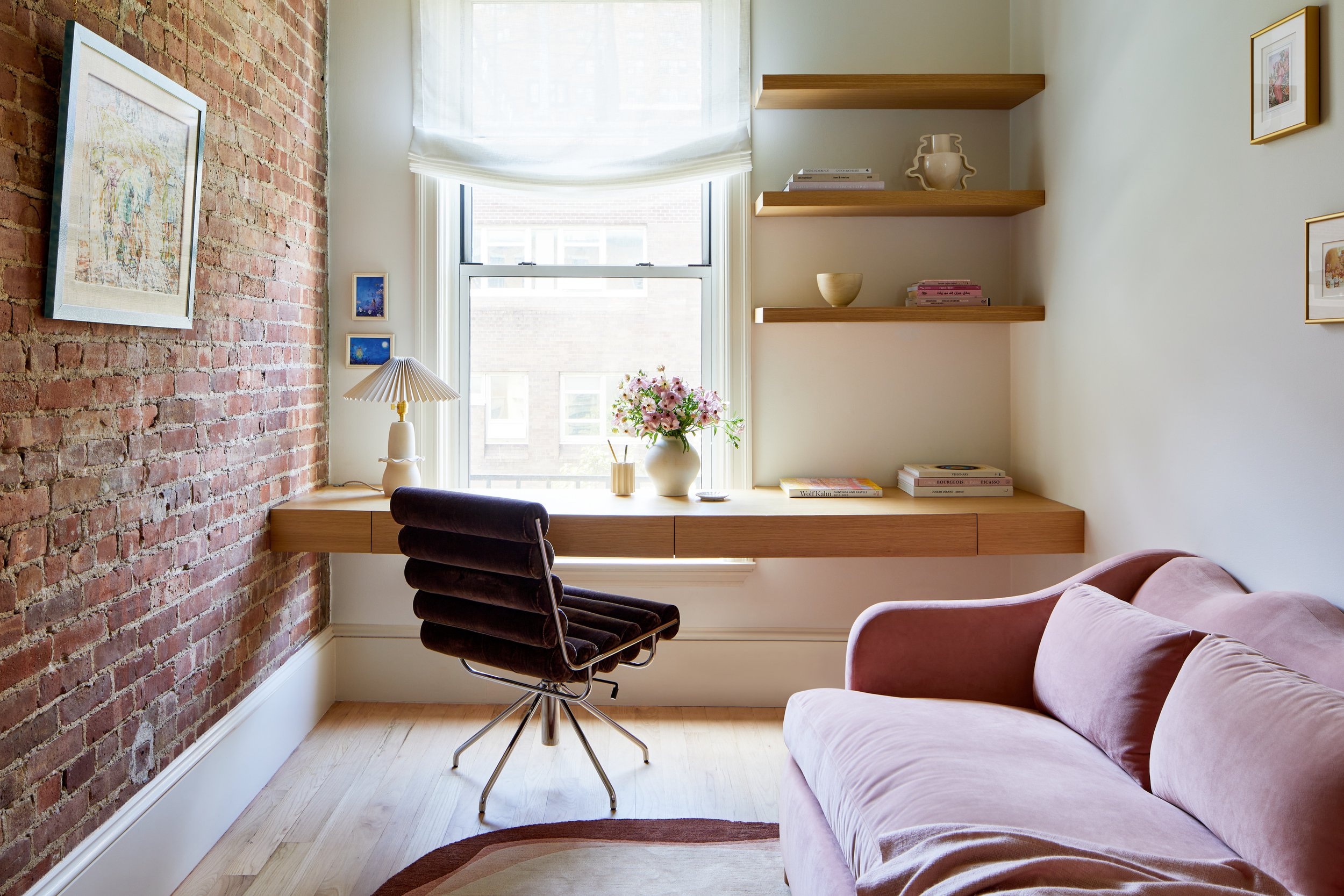
Just because you're short on square footage doesn't mean you have to skimp on style. A small home can be just as chic as a larger space with the right design choices.
And using high-end materials that feel luxurious is a great starting point for making a small house feel more expensive.
'No matter the size of a home, any space can feel luxurious if it's well designed,' says Molly Torres Portnof, of DATE Interiors.
The Livingetc newsletters are your inside source for what’s shaping interiors now - and what’s next. Discover trend forecasts, smart style ideas, and curated shopping inspiration that brings design to life. Subscribe today and stay ahead of the curve.
'Use luxe materials, like velvet, mohair, pure linen, shearling and silk, to infuse a space with richness and warmth. Create custom pieces that are perfectly tailored to the space for a bespoke feel.' Our guide to the best rugs will help you here.
2. Opt for statement furniture and decor pieces
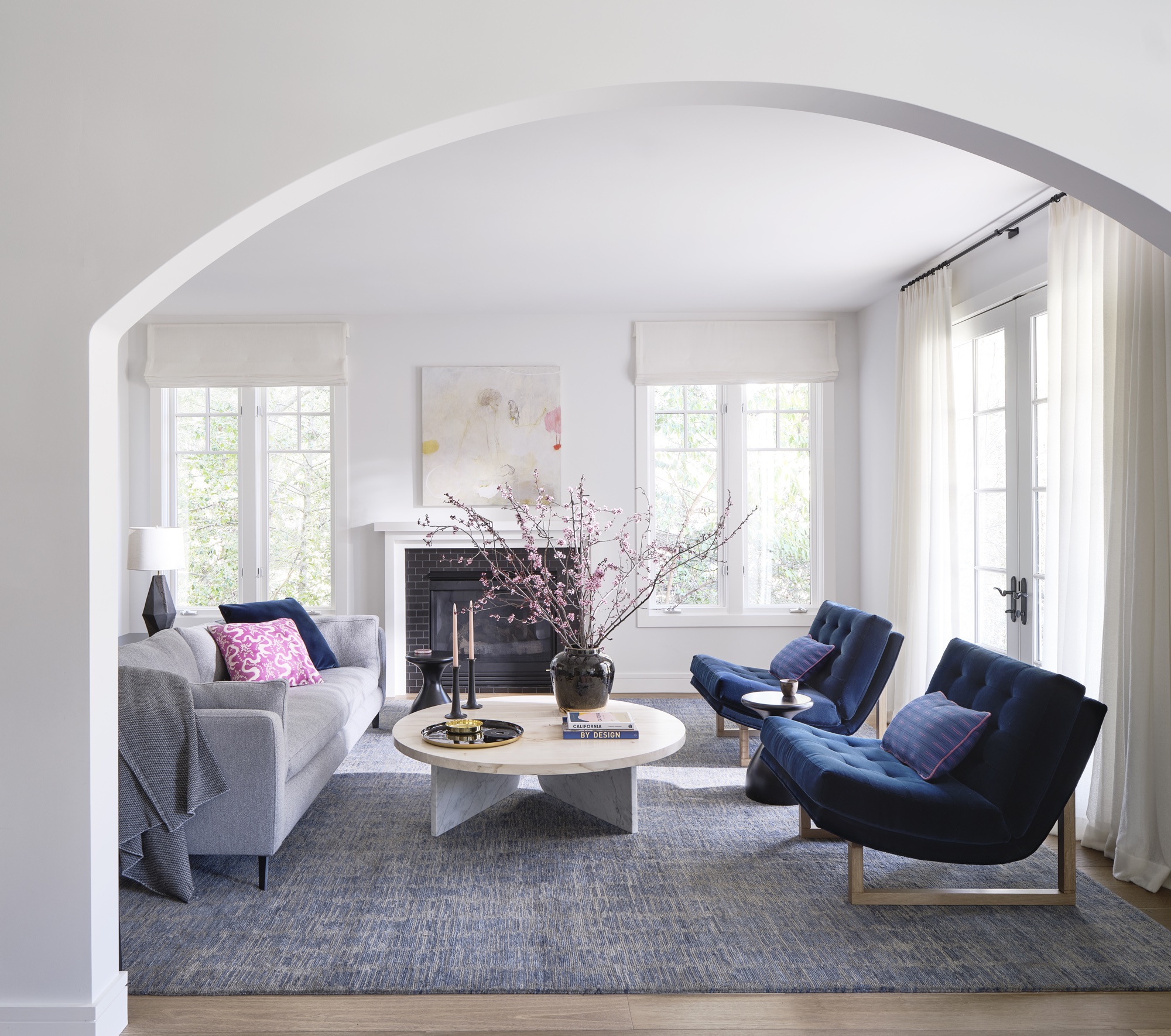
'Size doesn’t always matter,' states Kristen Pena, Principal, K Interiors. 'Big design energy can take its place in creating the vibe you might be going for.'
And, by this, Kristen means choosing pieces that pack a strong style punch.
She continues: 'Choosing pieces that make a big statement and are confident is a really simple way to make a space feel more expensive.
'Be bold with shapes or a fabric and make those pieces have impact. Always choose materials and pieces that feel hand crafted or highly designed and you can’t go wrong.'
Your statement pieces could include anything from oversized pieces of art or large vignettes to bold accent chairs or patterned rugs.
Lauren Lerner, CEO and Founder of Living with Lolo, adds: 'I always suggest investing in statement pieces that emphasize quality over quantity.'
3. Include architectural features like paneling
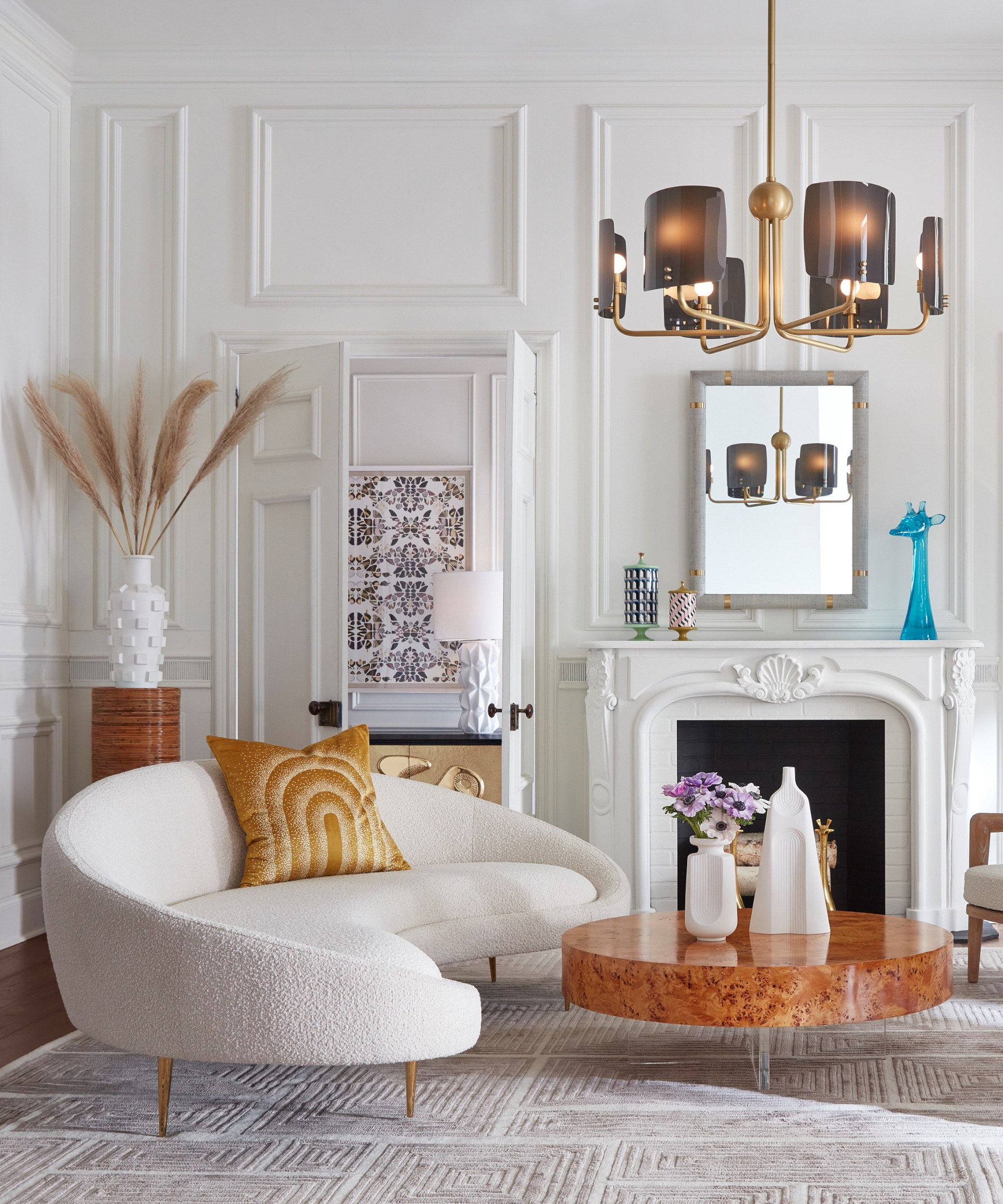
No, paneling is not just for large country manor houses - it's also an excellent way to make a small house feel more expensive, say experts.
'The use of panelling is a practical and decorative way of adding a touch of luxury to a room,' says Helen Shaw, International Director of Marketing, Benjamin Moore.
'When working with a small space, vertical panelling will make walls appear taller as it draws the eye upwards. If you prefer a more subtle aesthetic opt for a neutral hue as this will create a classic and elegant feel.
'Alternatively, for maximum impact, go bold with shades such as yellow or a vivacious shade of coral – a sure fire way to add personality into a space, whether it's a small living room, small dining room, or small bedroom.'
She adds: 'Do remember that painting doesn’t have to be confined to the walls; taking the color onto the ceiling will instantly elevate a space. It will create a seamless look and provide a perfect backdrop for décor and furniture.'
4. Dare to go dark
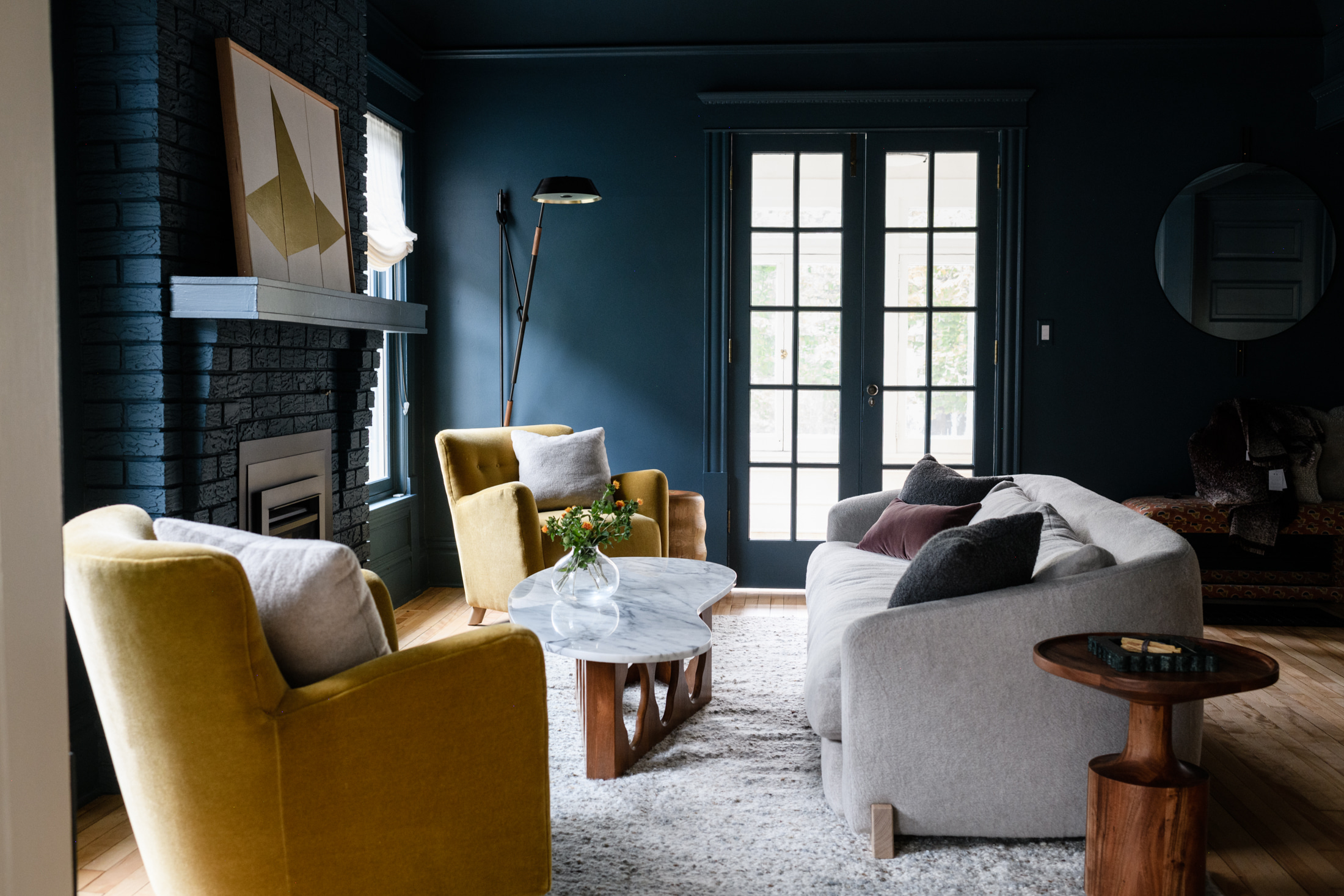
'Darker colors such as black, deep green, and navy help make a small home look more expensive,' says Jennifer Verruto, Founder and CEO of Blythe Interiors. 'They add richness and intention to the space, especially if art pieces and scale are used properly to break it up.'
'I like to use these colors on lower cabinets or islands to anchor a kitchen, and in a bedroom or den to create depth, warmth, and coziness.'
Jennifer explains that your styling will help to keep the room feeling bright, adding: 'The space can still feel light and airy by contrasting the dark paint colors with bright whites and mixed metals, mirrors, and larger scale artwork.'
5. Make your lighting a design feature
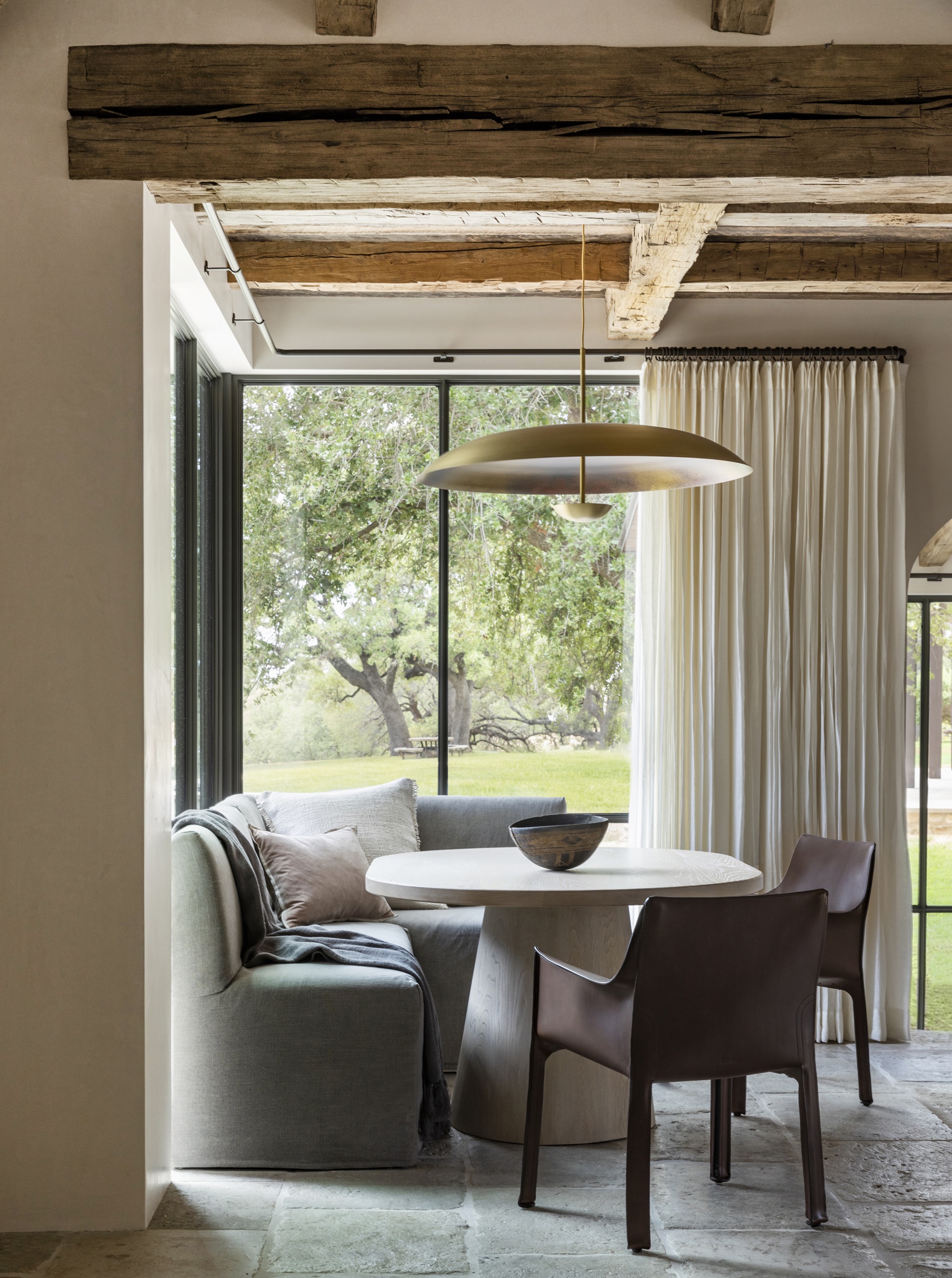
Including a grandiose or design-focused pendant will instantly elevate a small space and are always a good choice.
Whether it's an industrial pendant, a chandelier or a sculptural mid-century piece, cool lighting choices will add a luxe feel to any space, from a petite breakfast nook to a small living room.
Marie Flanigan, Principal, Marie Flanigan Interiors, confirms: 'Lighting always makes a huge impact. Layer ambient, task, and accent lighting for depth and visual interest.'
6. Include oversized artwork
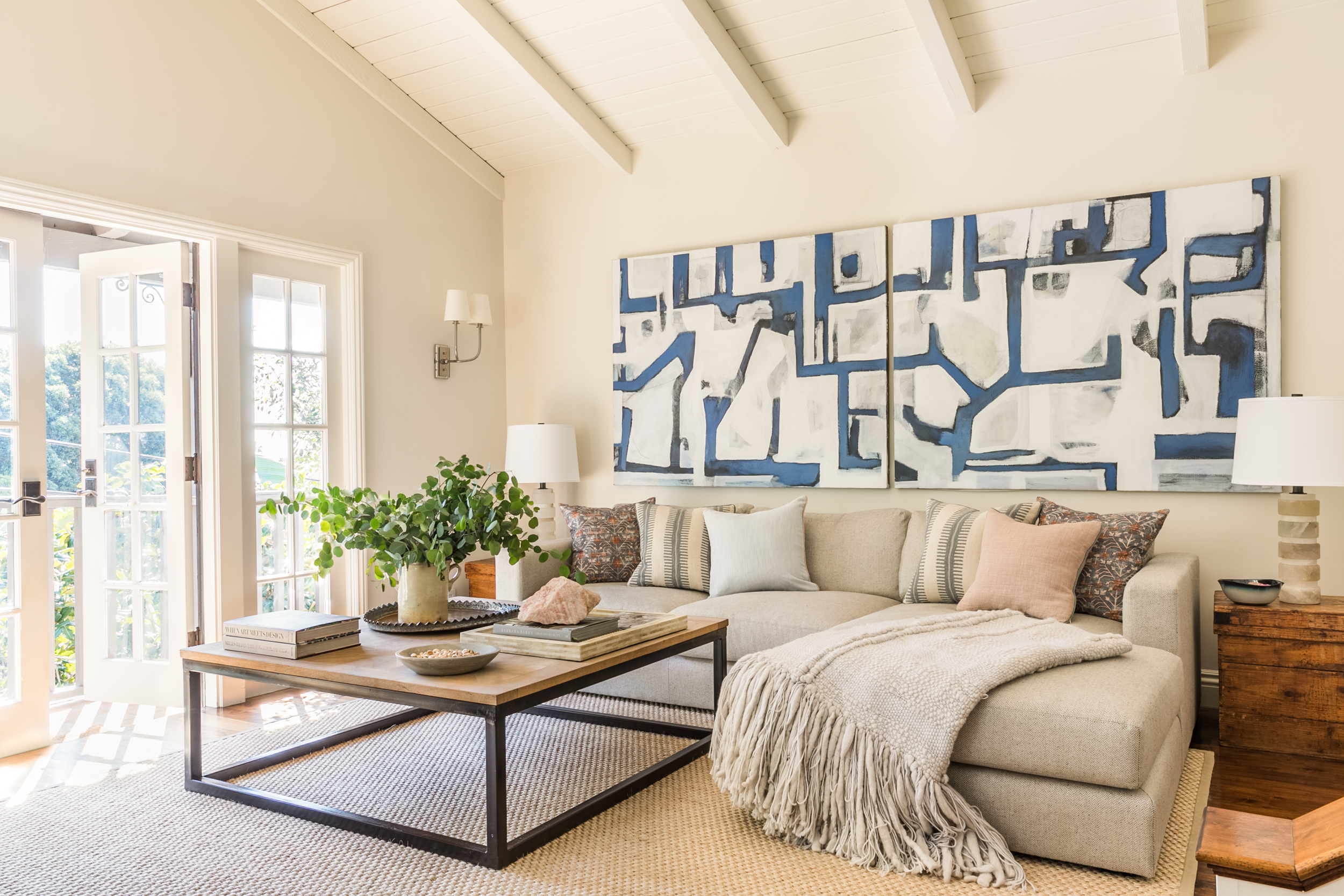
The best wall art will always enhance any space, whether it be small or large. Don't be afraid to make a statement with large pieces in a petite home - a surefire way to make a small house look expensive.
'Artwork should always be embraced not as additional decoration but as an intellectual engagement,' says Interior designer James Yarosh. 'Curation ideas should be investigated to include full-size paintings on walls without the obstruction of furniture.
'This creates a sense of grandeur seen from walking nearby or sitting from afar to remind us of the humanity and the joy of seeing artwork up close within a home.'
And what about smaller pieces in a bijou space? James comments: 'Smaller art pieces can be used to imply distance and will visually deepen a room. I especially love positioning art on top of wallpapers to layer visual interest and stack beauty to heighten the viewing engagement.'
Ruth Doherty is a lifestyle journalist based in London. An experienced freelance digital writer and editor, she is known for covering everything from travel and interiors to fashion and beauty. She regularly contributes to Livingetc, Ideal Home and Homes & Gardens, as well as titles like Prima and Red. Outside of work, her biggest loves are endless cups of tea, almond croissants, shopping for clothes she doesn’t need, and booking holidays she does.
